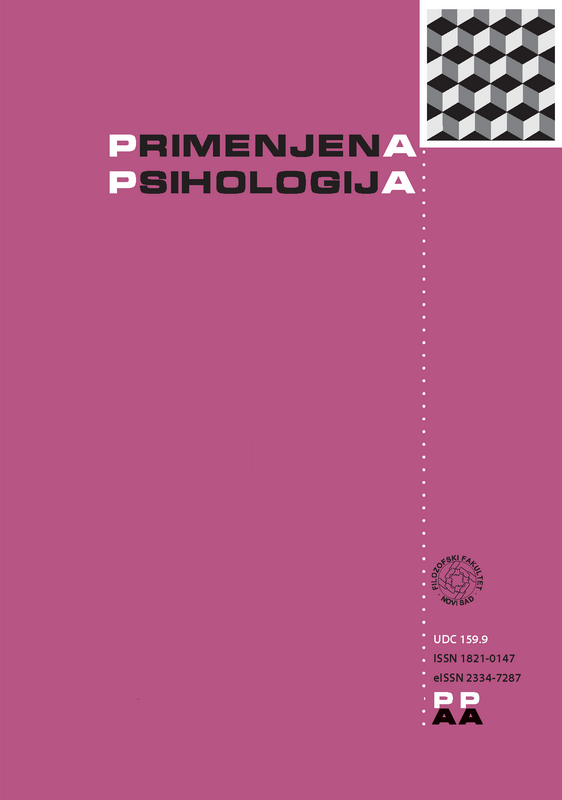CHARACTERISTICS OF PERSONS PLAYING THE ROLES IN CYBERBULLYING
DOI:
https://doi.org/10.19090/pp.2015.2.131-146Keywords:
cyberbullying, witness role, online behavior, Big Five Plus Two, adolescentsAbstract
This research was conducted with an aim to isolate categories of participants involved in cyberbullying, especially to isolate the witness category, which has often been neglected in the past studies. The second aim was to examine some of the risk factors for cyberbullying, particulary regarding the different roles in cyberbullying. The sample included 285 students from Sremska Mitrovica (141 males), aged from 15 to 19 years. The Revised Cyber Bullying Inventory (RCBI) was applied, along with a short questionnaire which measures the manner and the amount of time spent online as well as parental involvement in time spent online. Besides the RCBI, the Big Five Plus Two was also applied for measuring the personality traits. Based on the RCBI scores, adolescents were divided in five groups: participants who were not involved in cyberbulling (about 40%), those who were witnesses (about 15%), and those who were involved in bullying as bullies (6%), victims (13%), or bully-victims (26%). In order to predict group belongingness based on certain characteristics of online behavior, parental control and personality traits – multinomial logistic regression was conducted. Although the overall model was significant, there were not significant differences between the groups regarding the tested variables. Compared to adolescents which were not involved in bullying, adolescents in the group of bullies spent most of their time on the computers using social networks, with a higher level of parental control/restriction of time spent online. Used variables did not distinguish the victim group from the non-involved group of adolescents, while adolescents in the witness group reported a lower control and lower interest of parents for the time their childern sped online. The bully-victim group was characterized by a larger number of male adolescents, higher negative valence, lower neuroticism and higher level ofparental control/restriction of time spent online.







